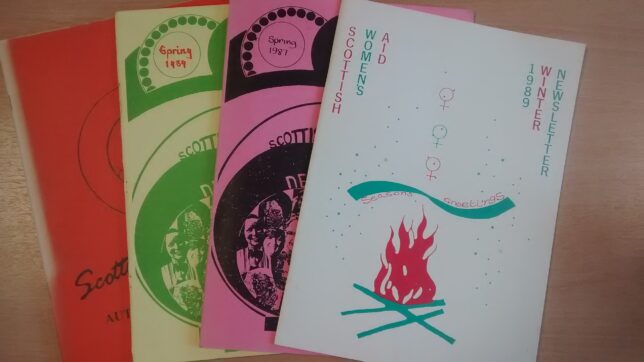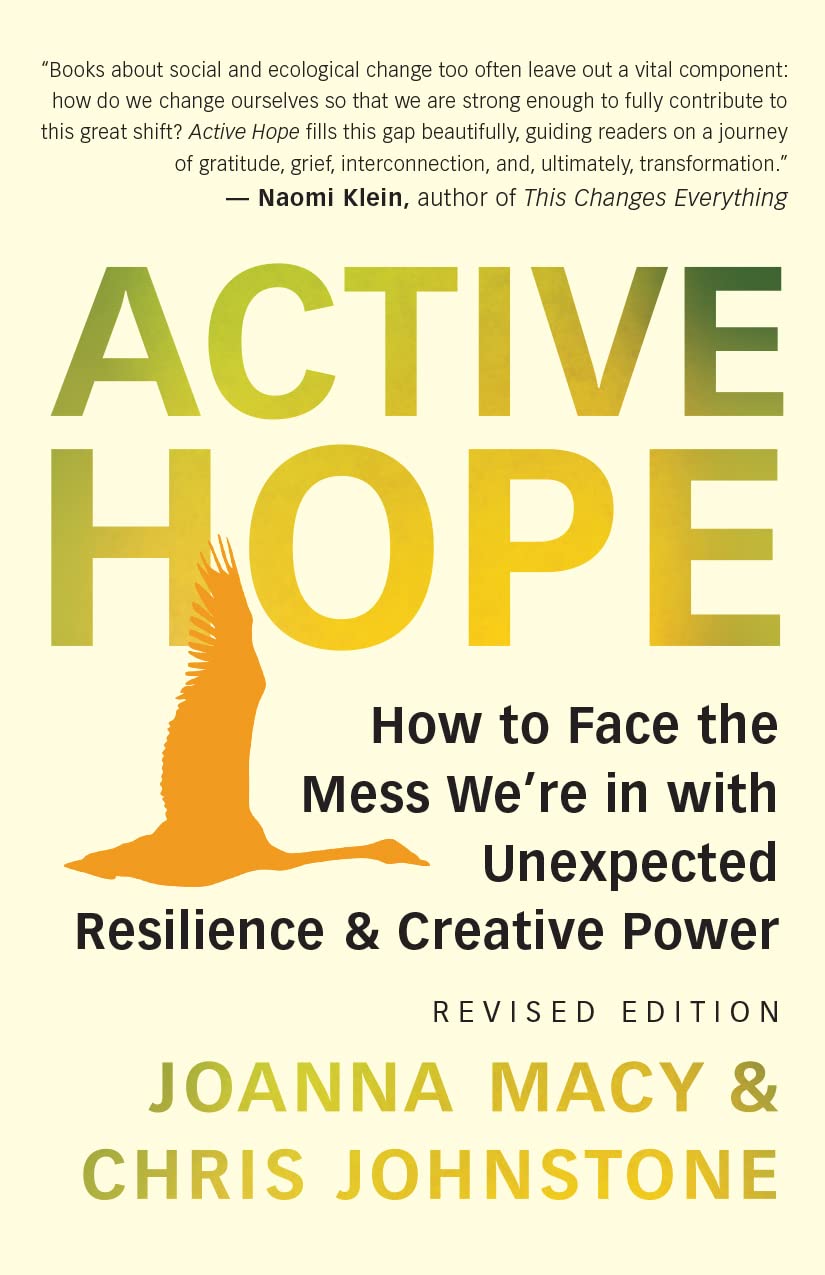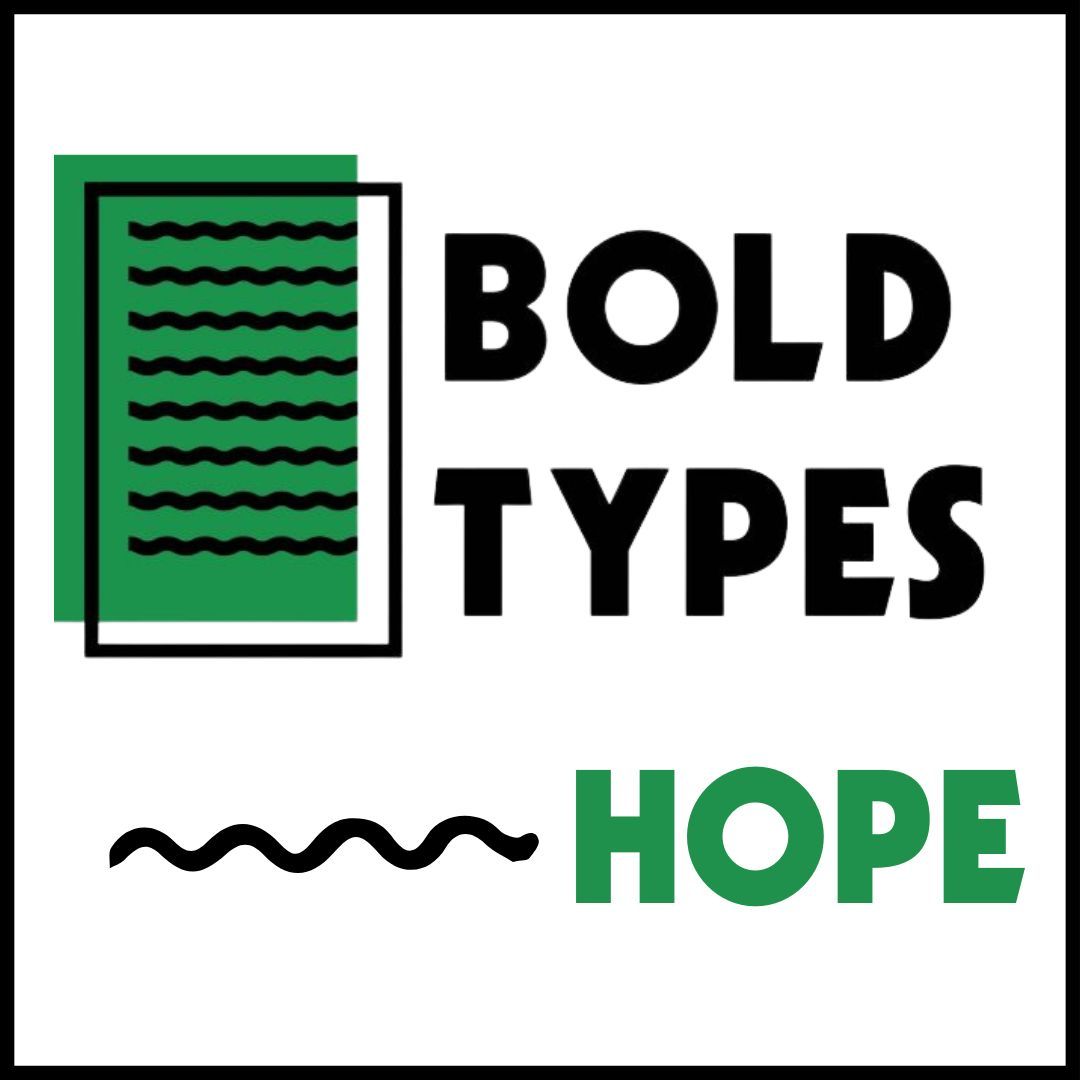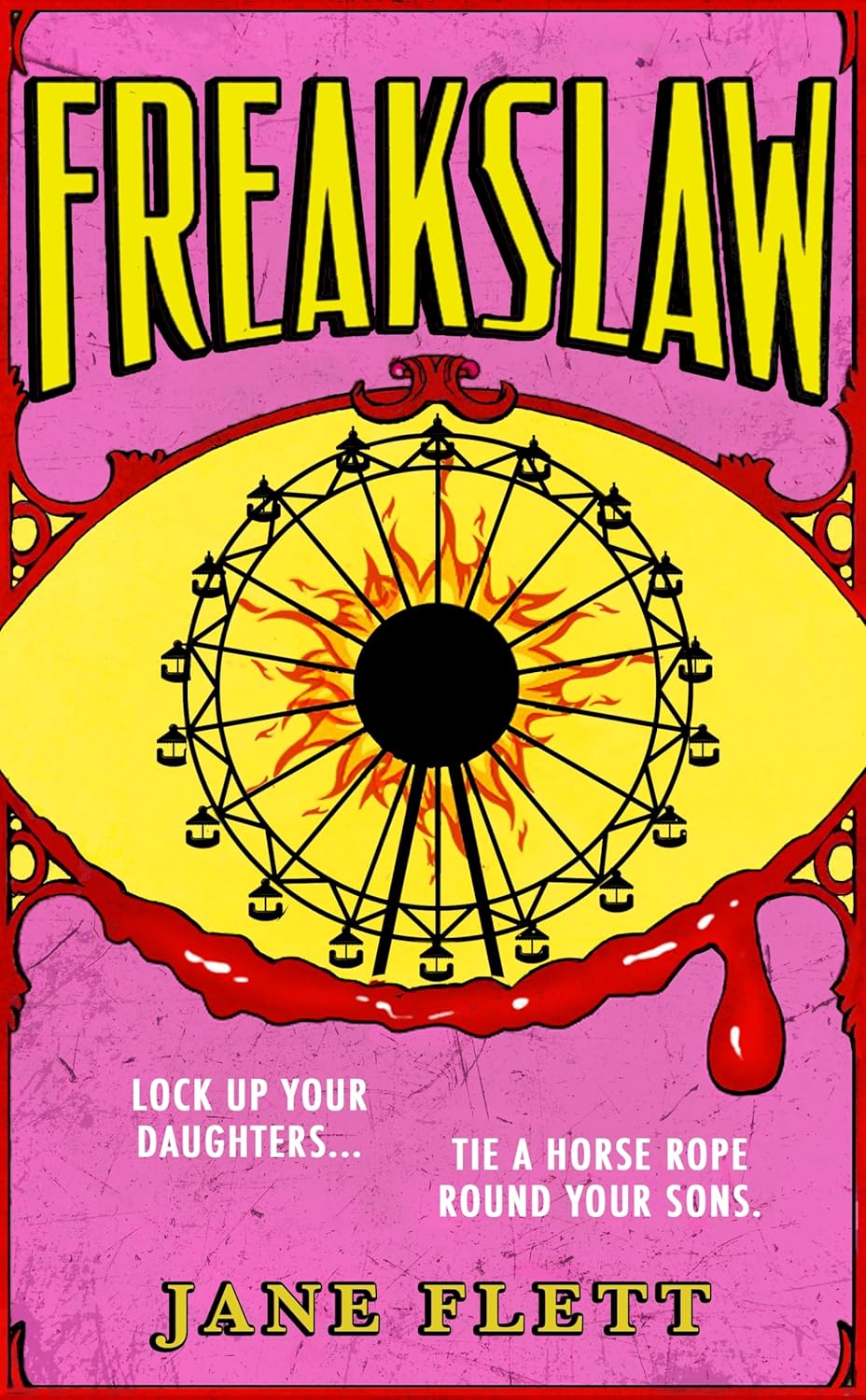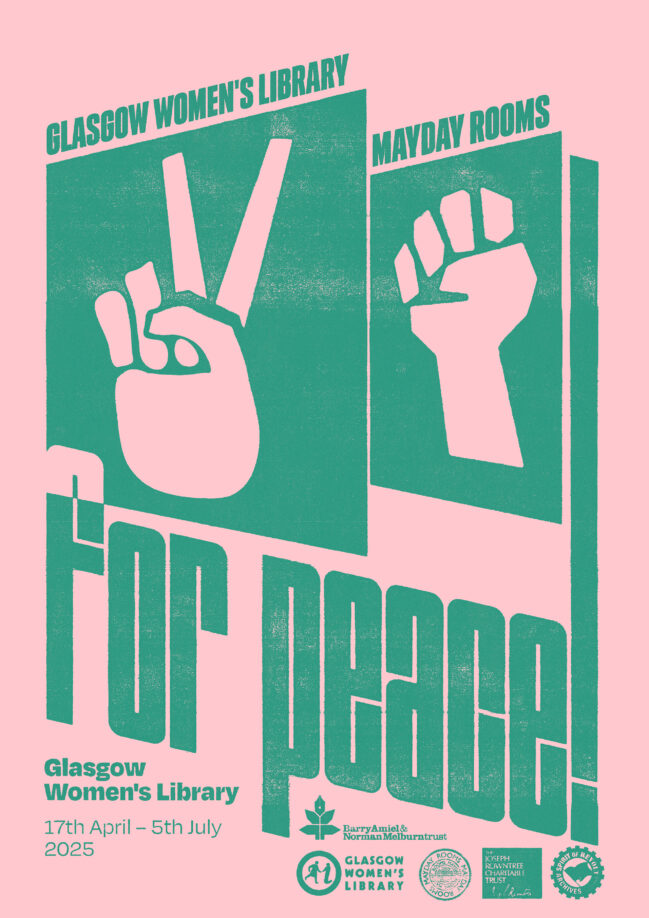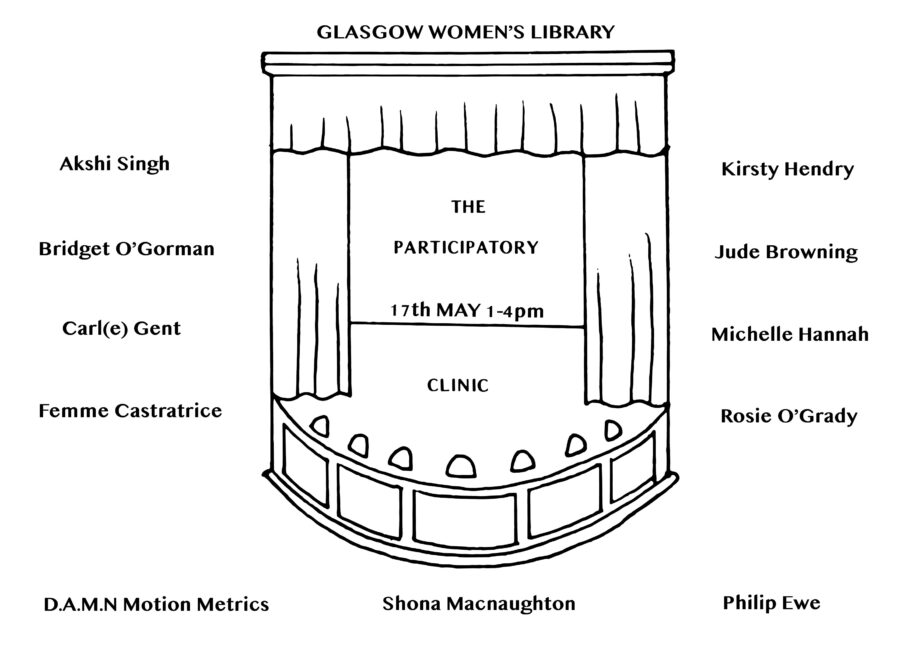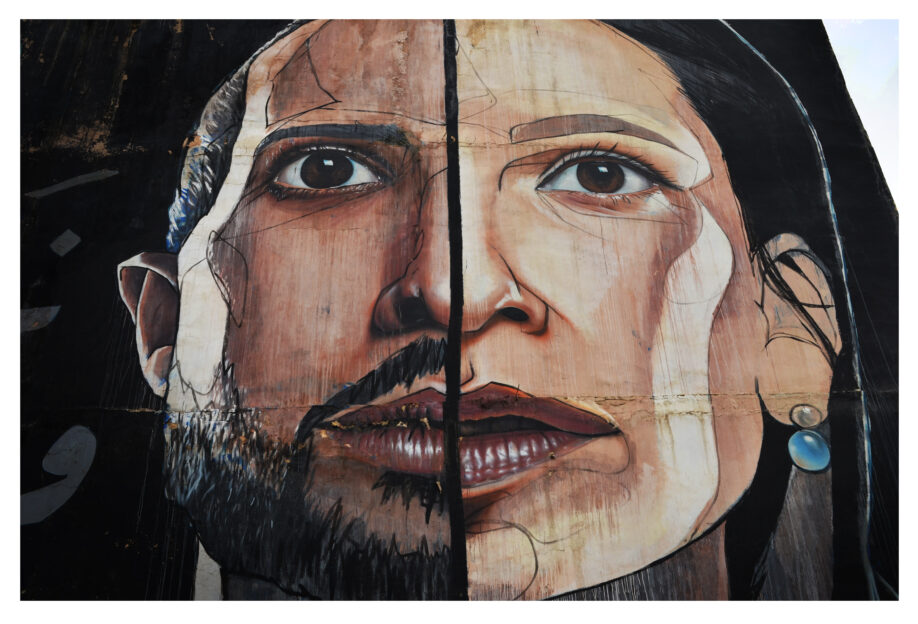In this week’s blog we hear from Lucy Janes, a Speaking Out project volunteer who has been working with the Scottish Women’s Aid archive at Glasgow Women’s Library.
I’ve been going back to the ‘80s in the last few weeks. Looking through late 1980s issues of the Scottish Woman’s Aid newsletter reminds me that people used to campaign for their causes without the internet – something that seems quite hard to comprehend now.
There is a lot about the newsletters that reminds me of a social media group or website. Each edition has news, updates from campaigns and useful information. They share stories from around the world and articles from other magazines and newspapers by reprinting them. And they showcase poems, pictures and personal stories from readers.
There are ‘comments’ too. For example, the editors’ sarcastic notes on misogynist cartoons and remarks from court judgments. In other cases an article in the next issue responds to a discussion or story from the previous magazine.
Just glancing through them gives you a sense of the difficult and resistant atmosphere in which those women had to fight their battles. It’s also amazing to consider how some things have changed.
In Spring 1988 Jennifer Kerr reports that about 500 people came to a ‘Stop the Clause’ demonstration in Dundee (Clause 28 of the Local Government Act of 1988 stated that local authorities should not ‘intentionally promote homosexuality’), ‘making it the largest demo in support of lesbian and gay rights ever held in Scotland’. Of course, homophobia still exists but Scotland does now have equal marriage and thousands of people turn out for the annual Pride parades.
There’s an article about a campaign for cervical smears in the Spring 1987 issue. It quotes the death rate from cervical cancer as 2,500 women a year in the UK. Today, it’s around 920 a year – still a lot but obviously an improvement. For comparison, in European terms we’re seventh, with a rate of 2.03 deaths per 100,000 women compared to Iceland which comes first with a 0.7 mortality rate.
As I turned the pages, sometimes it was the wee cultural things that jumped out at me.
I was intrigued by the notice about a collection of short stories by teenagers in the Summer 1987 edition. The stories were selected from a competition in Just Seventeen – a magazine I was reading at about that time – and the book, called Bitter-Sweet Dreams, was published by Virago Upstarts. I searched for it on the internet and I found the book listed in libraries around the globe in Worldcat and also for sale on Abe Books and Amazon. Prices start at just a penny.
Likewise the film called ‘Greenham Granny’. This is a documentary about Nell Logan, a woman who was in her 70s when she was a protestor at the Greenham Common peace camp. The newsletter said the film was made by Caroline Goldie and won a World Peace Council Prize in 1986.
Some searching revealed that it’s not available to watch online but a copy is kept by the British Film Institute and by Cinenova, a non-profit organisation that distributes films and videos made by women, where you can book it for a viewing.
Finally, I found a short interview with the director Caroline Goldie on The Time is Now, a website about a season of films about women’s involvement in political struggle.
So now, 30 years after they were printed, the SWA newsletters can still inform and educate. They can give us new perspectives of the road women have travelled.
And although the internet means we can quickly lay our hands on more information, what we find is also a reminder of the limitations of the web. So much of human knowledge and creativity is NOT online. You have to order a physical copy of Bitter-Sweet Dreams and arrange to watch a VHS tape of ‘Greenham Granny’ (if you still have a video player!).
This is one of the reasons why archives and libraries are still so vital – to preserve and protect physical artefacts, whether books, films or boxes of newsletters. And as to why it’s crucial to catalogue them: we may not be able to read or watch these works on the web but thanks to online catalogues and websites we can at least know that they exist. They are made visible to the world and so form another small chapter in the story of women.

